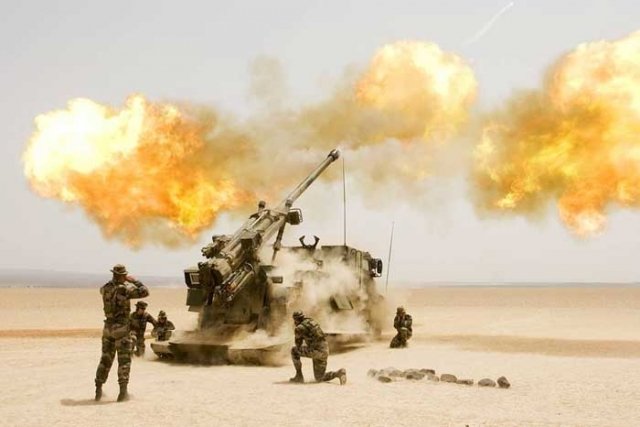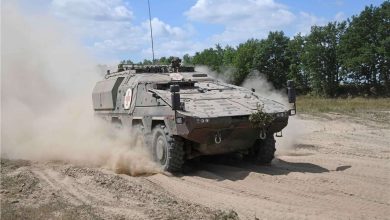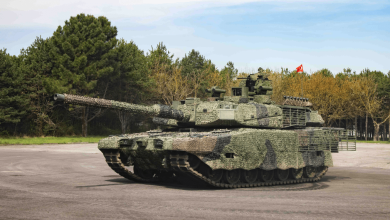
Nexter Secures Seven-Year Backing Deal with French Army for CAESAR SP Artillery Systems
France’s SIMMT has informed Nexter Group regarding a second in-service support (ISS) agreement for the CAESAR self-propelled artillery systems.
This contract allocation, by the Army’s unified organization for sustaining land equipment in operational readiness (SIMMT), follows the initial agreement, which over the past seven years has delivered comprehensive support for the army’s 77 CAESAR artillery units.
Throughout this timeframe, the CAESAR has been deployed in Afghanistan, the Sahel-Saharan region, Lebanon, and Iraq.
It is important to emphasize that these missions are conducted in collaboration with teams from the land-based industrial maintenance division (SMITer), which particularly perform extensive vehicle repairs. The technical oversight, on behalf of the French defense procurement agency (DGA), allows for the monitoring of the system’s evolution, assessment of technical data, management of obsolescence, and consideration for enhancements to the CAESAR specifications.
With this contract, encompassing a renewed duration of 7 years and 4 months, Nexter will guarantee the maintenance in operational readiness (MOC) of the CAESAR systems, which includes overseeing and supplying spare components, documentation, technical expertise, assistance to regiments, tool maintenance, and support for the CAESAR units utilized in the Canjuers and Mourmelon training facilities.
The CAESAR boasts a striking range of 55km. It utilizes the distinctive Tatra chassis, featuring a central load-bearing tube and axles with independently suspended swinging half-axles securely bolted into a single assembly. The main armament of the Nexter CAESAR 8×8 comprises one 155mm/52 caliber cannon, akin to the artillery mounted on the 6×6 variant. The CAESAR 8×8 achieves a maximum rate of fire of 6 rounds per minute. It can accommodate a total of 30 155mm projectiles and charges, with the 155mm cannon having a powered elevation capability of up to +72° and a horizontal traverse of 30° to the left/right, while a large hydraulically operated spade is lowered at the rear to establish a more stable firing foundation.






